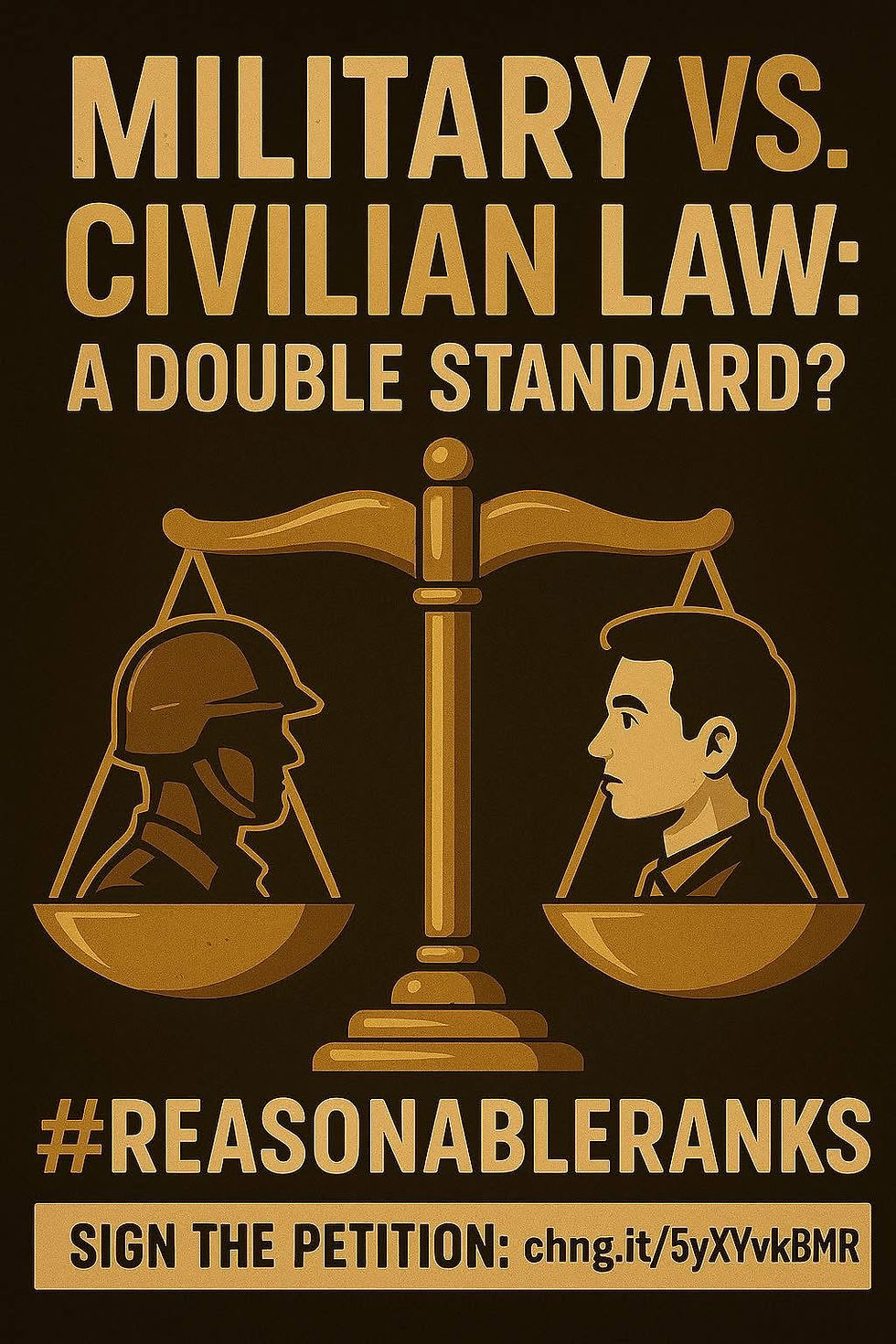
For many service members, injuries or medical conditions can raise difficult questions about their future in uniform. Unlike civilian workplaces, where the Americans with Disabilities Act (ADA) sets clear expectations for reasonable accommodations, the U.S. military follows its own process: the Disability Evaluation System (DES). Understanding how this system works is crucial for service members, veterans, and their families.
What Is the Disability Evaluation System (DES)?
The DES is the military’s process for determining whether a service member is medically fit to continue serving. It evaluates the impact of medical conditions on a service member’s ability to meet their duties and deploy as required. If a condition prevents them from performing essential tasks, the system may recommend reassignment, retirement, or medical discharge.
At its core, the DES balances two priorities:
Maintaining military readiness – ensuring that every member is physically and mentally capable of fulfilling their role.
Protecting service members – providing fair evaluation and access to benefits if an injury or illness makes continued service impossible.
Key Components of the DES
The DES is a two-part process, often involving both the military branch and the Department of Veterans Affairs (VA):
Medical Evaluation Board (MEB):
Reviews a service member’s medical condition.
Determines whether the condition meets medical retention standards.
If standards are not met, the case moves forward to the next step.
Physical Evaluation Board (PEB):
A panel of military and medical officers evaluates whether the condition makes the service member “unfit for duty.”
They assign disability ratings that can determine whether the service member is separated, placed on the Temporary Disability Retired List (TDRL), or permanently retired.
How the VA and DES Work Together
Under the Integrated Disability Evaluation System (IDES), the Department of Defense and the VA work jointly. The VA assigns disability ratings for all conditions, while the PEB decides which conditions make the service member unfit. This ensures:
A streamlined process (instead of separate military and VA systems).
Faster access to VA benefits after discharge.
Consistency in how disability ratings are applied.
Why It Matters
The DES is more than a bureaucratic process—it’s a life-changing moment. For many, it determines whether their career ends abruptly or transitions into retirement. It also sets the foundation for post-service benefits like healthcare, compensation, and vocational rehabilitation.
But it also raises bigger questions: should the military consider more reasonable accommodations—such as reassignment to non-deployable but essential roles—before defaulting to discharge? Programs like Covenant of Courage argue that too many skilled veterans are lost when they could still serve in meaningful ways.
Conclusion
The Disability Evaluation System reflects the unique needs of the military. It prioritizes readiness while providing a pathway to benefits for those whose conditions make continued service impossible. However, understanding the DES is essential—because for service members and their families, the outcome can reshape their future.
As reform efforts grow, one message is clear: while a uniform may come off, the mission of serving with dignity and purpose doesn’t have to end.
🖊 Sign the petition: https://chng.it/5yXYvkBtMR
🌐 Learn more: www.covenantofcourage.com



